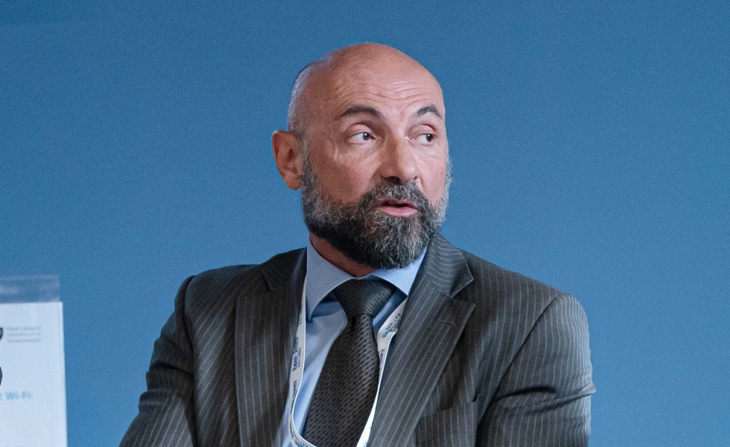
Corrado Pistarino: There are several themes posing challenges to portfolio resilience. The first is the return of large-scale protectionism, which is what has happened with the US-led tariffs.
This has been threatening to reverse the global trade integration that's been going on for decades partly because of the start and stop attitude from the US, so it's unclear what's happening. Markets have been too quick to dismiss the risk of sustained high tariffs and the fact that there may be sectoral embargoes. There is also potential for capital wars and capital flows with barriers being erected - what has happened in terms of uncertainty will show up in the data. We'll have a measurable and immeasurable economic and market impact.
Please Login or Register for a free account to view this content. Benefits of registering include: